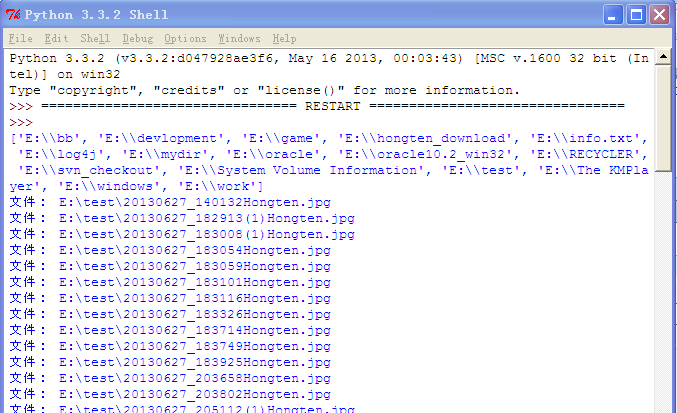在Django的View中使用asyncio的方法
起步
Django 是个同步框架,本文并不是 让 Django 变成异步框架。而是对于在一个 view 中需要请求多次 http api 的场景。
一个简单的例子
例子来源于 https://stackoverflow.com/questions/44667242/python-asyncio-in-django-view :
def djangoview(request, language1, language2): async def main(language1, language2): loop = asyncio.get_event_loop() r = sr.Recognizer() with sr.AudioFile(path.join(os.getcwd(), "audio.wav")) as source: audio = r.record(source) def reco_ibm(lang): return(r.recognize_ibm(audio, key, secret language=lang, show_all=True)) future1 = loop.run_in_executor(None, reco_ibm, str(language1)) future2 = loop.run_in_executor(None, reco_ibm, str(language2)) response1 = await future1 response2 = await future2 loop = asyncio.new_event_loop() asyncio.set_event_loop(loop) loop = asyncio.get_event_loop() loop.run_until_complete(main(language1, language2)) loop.close() return(HttpResponse)
这个例子中,把两个任务放到 asyncio 的 loop 运行,等到两个任务都完成了再返回 HttpResponse 。
在 Django 的 View 中使用 asyncio
现在可以对于上面的例子做一个扩充,让它能更合理被使用。
对于使用 asyncio ,我们通常会创建个子线程专门处理异步任务。
在 wsgi.py 中创建一个单独线程并运行事件循环:
import asyncio import threading ... application = get_wsgi_application() # 创建子线程并等待 thread_loop = asyncio.new_event_loop() def start_loop(loop): asyncio.set_event_loop(loop) loop.run_forever() t = threading.Thread(target=start_loop, args=(thread_loop,), daemon=True) t.start()
然后就是在 view 中动态向里面添加任务了:
async def fetch(url):
async with aiohttp.ClientSession() as session:
async with session.get(url) as response:
text = await response.text()
return text
def hello(request):
from yeezy_bot.wsgi import thread_loop
fut1 = asyncio.run_coroutine_threadsafe(fetch(url1), thread_loop)
fut2 = asyncio.run_coroutine_threadsafe(fetch(url2), thread_loop)
ret1 = fut1.result()
ret2 = fut2.result()
return HttpResponse('')
asyncio.run_coroutine_threadsafe() 返回是 Future 对象,因此可以通过 fut.result() 获得任务的运行结果。 这个方式也可以处理API请求中的数据依赖的先后顺序。
以上就是本文的全部内容,希望对大家的学习有所帮助,也希望大家多多支持【听图阁-专注于Python设计】。

